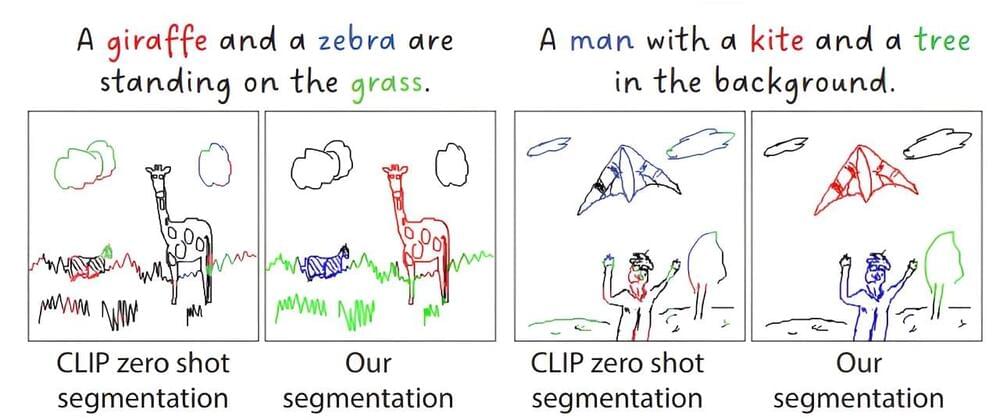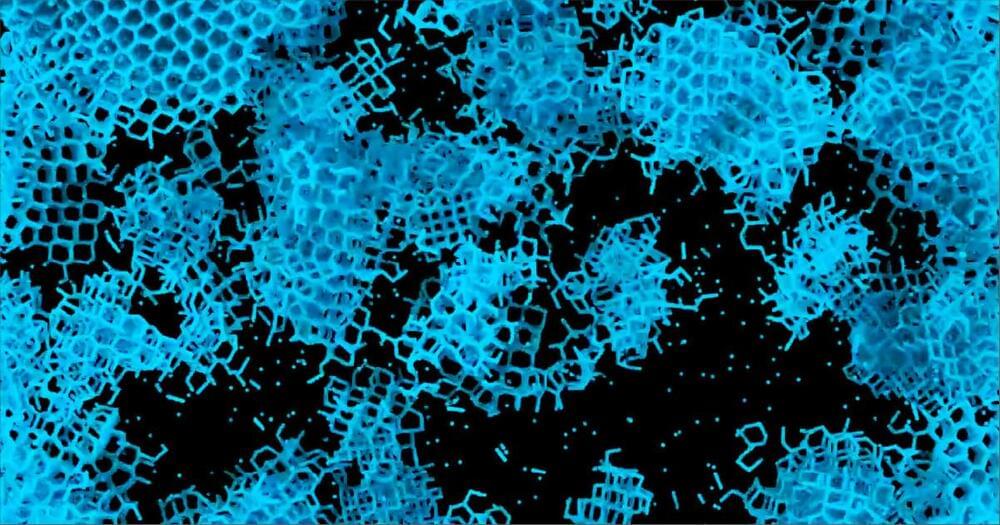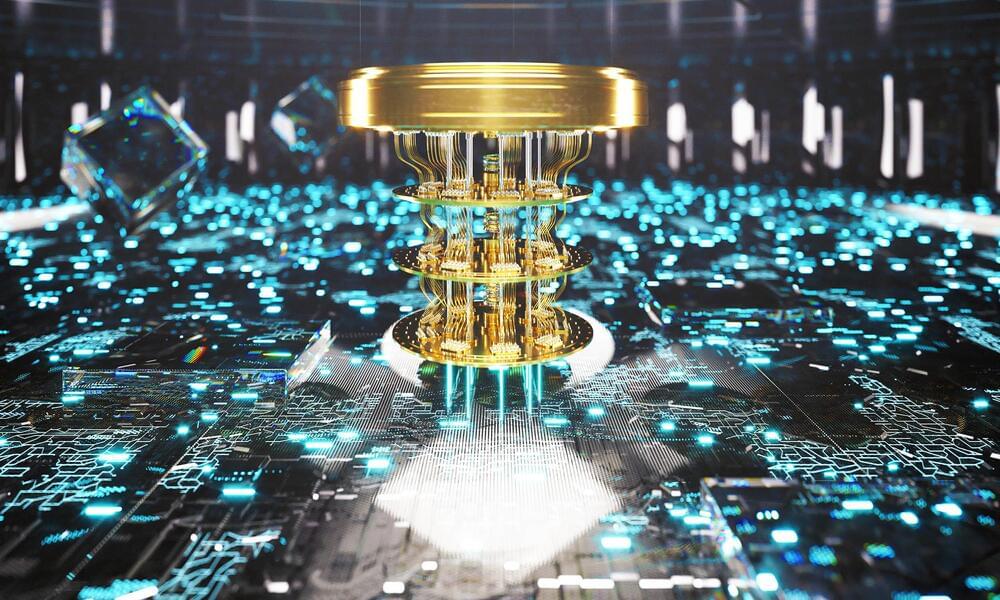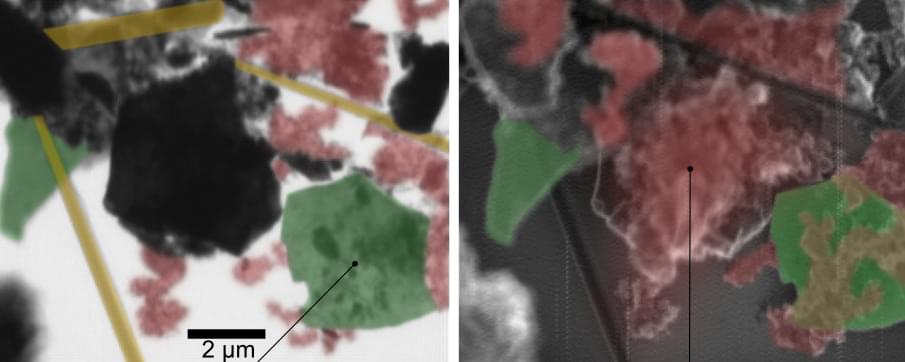A new way to teach artificial intelligence (AI) to understand human line drawings—even from non-artists—has been developed by a team from the University of Surrey and Stanford University.




Science and Technology: Some robots could be “eaten” so they could walk around inside the body and perform tests or surgeries from the inside out; or administer medications.
Robots made of several nanorobots joined together could assemble and reassemble themselves inside the body even after being…
Robots and food have long been distant worlds: Robots are inorganic, bulky, and non-disposable; food is organic, soft, and biodegradable. Yet, research that develops edible robots has progressed recently and promises positive impacts: Robotic food could reduce electronic waste, help deliver nutrition and medicines to people and animals in need, monitor health, and even pave the way to novel gastronomical experiences.
But how far are we from having a fully edible robot for lunch or dessert? And what are the challenges? Scientists from the RoboFood project, based at EPFL, address these and other questions in a perspective article in the journal Nature Reviews Materials.
“Bringing robots and food together is a fascinating challenge,” says Dario Floreano, director of the Laboratory of Intelligent Systems at EPFL and first author of the article. In 2021, Floreano joined forces with Remko Boom from Wageningen University, The Netherlands, Jonathan Rossiter from the University of Bristol, UK, and Mario Caironi from the Italian Institute of Technology, to launch the project RoboFood.
Martian messiah.
Story of a Martian messiah.
Stranger in a Strange Land — Robert A Heinlein (Audiobook)

Researchers have devised a new method of building quantum computers, creating and “annihilating” qubits on demand, using a femtosecond laser to dope silicon with hydrogen.
This breakthrough could pave the way for quantum computers that use programmable optical qubits or “spin-photon qubits” to connect quantum nodes across a remote network.
In turn, this creates a quantum internet that is more secure and capable of transmitting more data than current optical-fiber information technologies.

A new electric SUV is primed to take on BYD and Tesla in China. GM’s joint venture, SAIC-GM-Wuling, unveiled the first teaser images of its new Starlight S electric SUV Monday. Check out the first images below.
The new electric SUV is the second model under the Wuling Silver Label. SAIC-GM-Wuling is a joint venture between China’s SAIC (50.1% owner) and GM (44%), while the remaining belongs to Liuzhou, Guangxi Province, based Wuling.
Wuling launched the Starlight electric sedan at the Beijing Auto Show in April. Although a PHEV version debuted last December, starting at $12,400 (105,800 yuan), the EV version starts at $13,800 (99,800 yuan).
SpinLaunch was founded in 2014, and its leadership team has since raised tens of millions of dollars in funding. The company has been working with NASA, Airbus, and Cornell University, launching some of their equipment as part of testing. The tech has so far endured 10,000 Gs, “10,000 times the force of Earth’s gravity,” all per the Space.com report.
If SpinLaunch’s concept proves reliable, it could eliminate the loads of fuel that is burned to launch spacecraft. In 2016, Business Insider noted that SpaceX’s Falcon 9 rocket used more than 900,000 pounds of propellant for each liftoff, for reference. The fuel efficiency may have improved some since then.
CBC News reports that a growing number of launches are starting to draw scrutiny, particularly for ozone layer health. The barrier protects us from some of the sun’s harmful radiation.

A new method in spectromicroscopy significantly improves the study of chemical reactions at the nanoscale, both on surfaces and inside layered materials. Scanning X-ray microscopy (SXM) at MAXYMUS beamline of BESSY II enables the investigation of chemical species adsorbed on the top layer (surface) or intercalated within the MXene electrode (bulk) with high chemical sensitivity. The method was developed by a HZB team led by Dr. Tristan Petit. The scientists demonstrated among others first SXM on MXene flakes, a material used as electrode in lithium-ion batteries.
Since their discovery in 2011, MXenes have gathered significant scientific interest due to their versatile tunable properties and diverse applications, from energy storage to electromagnetic shielding. Researchers have been working to decipher the complex chemistry of MXenes at the nanoscale.
The team of Dr. Tristan Petit now made a significant progress in MXene characterization, as described in their recent publication (Small Methods, “Nanoscale surface and bulk electronic properties of Ti 3 C 2 Tx MXene unraveled by multimodal X-ray spectromicroscopy”). They utilized SXM to investigate the chemical bonding of Ti 3 C 2 Tx MXenes, with Tx denoting the terminations (Tx=O, OH, F, Cl), with high spatial and spectral resolution. The novelty in this work is to combine simultaneously two detection modes, transmission and electron yield, enabling different probing depths.
Using generative AI, this time lapse sequence shows how melanoma skin cancer develops over 10 years. Starting with normal skin, slow progression to stage 4 melanoma is shown.
Obviously, such a time lapse can not be realistically accomplished as there is no way to know if any given area of skin will turn into cancer. Obviously, somebody with such future knowledge would have to start taking such photos now in the same spot over next 10 years to watch it slowly turn into cancer.
Watch time lapse video of basal cell carcinoma: https://youtube.com/shorts/d_O5zHgKnP8
Watch this video to see how these can be surgical removed: https://youtu.be/Op3zYytUDDs.
Video created by Dr. Christopher Chang: